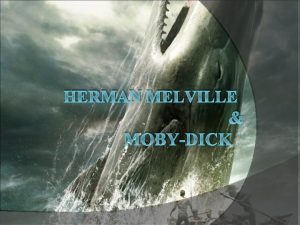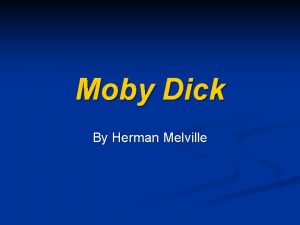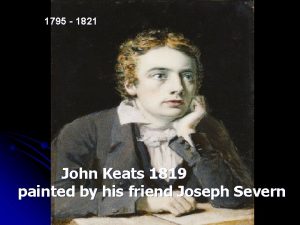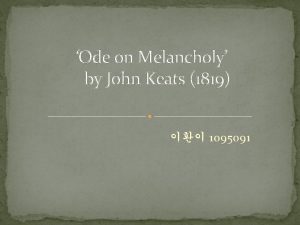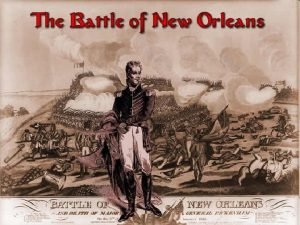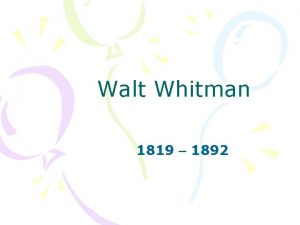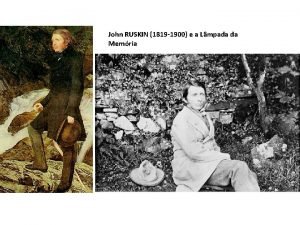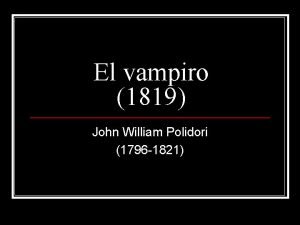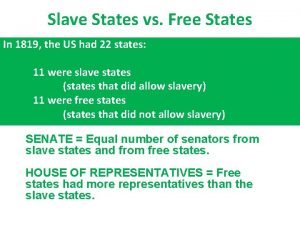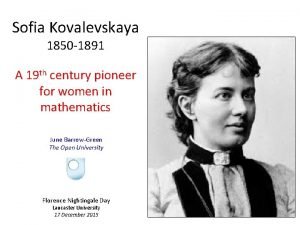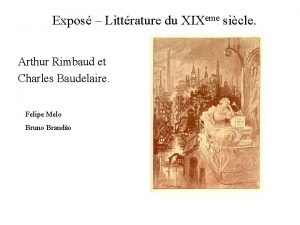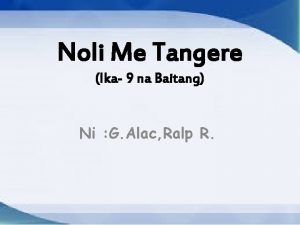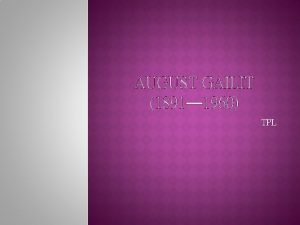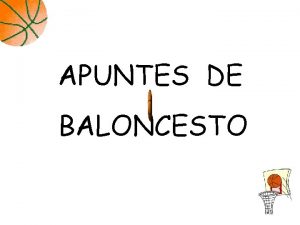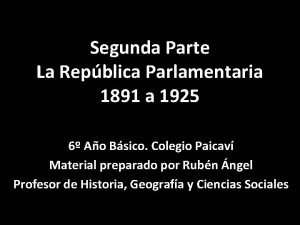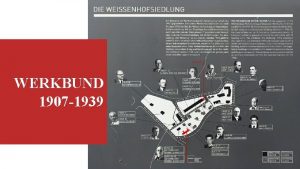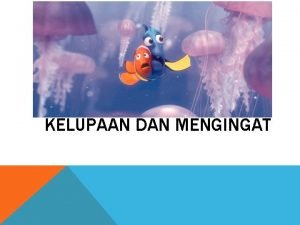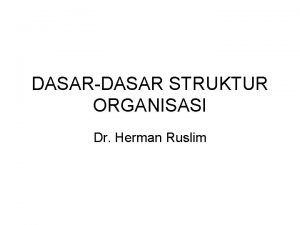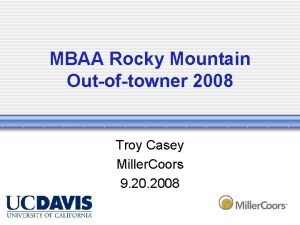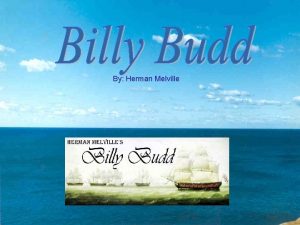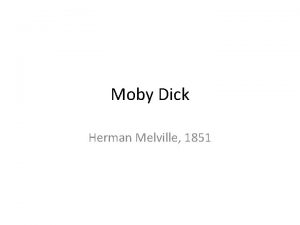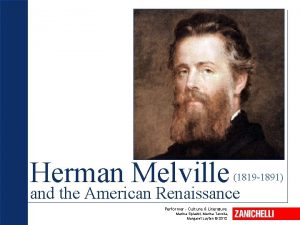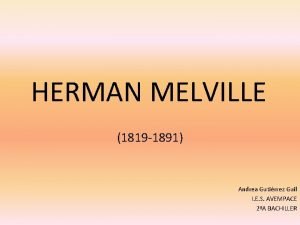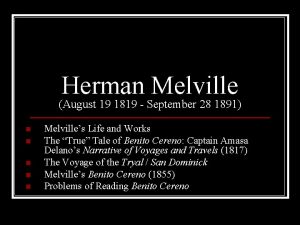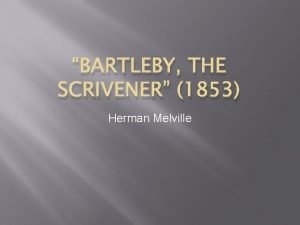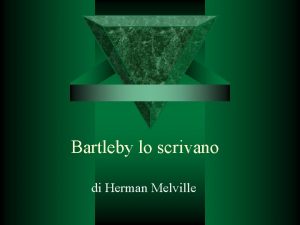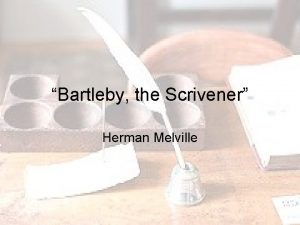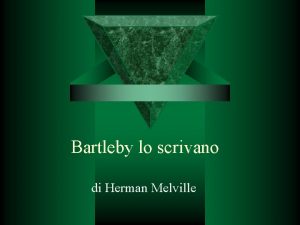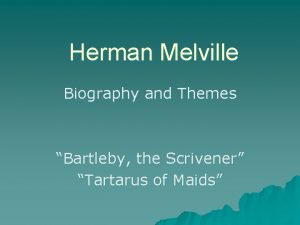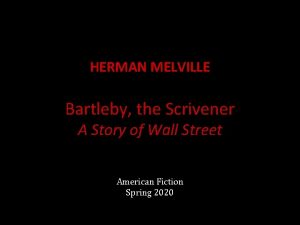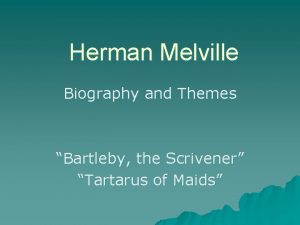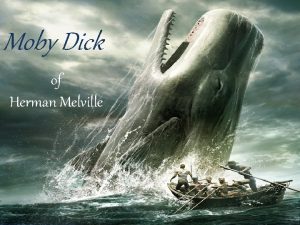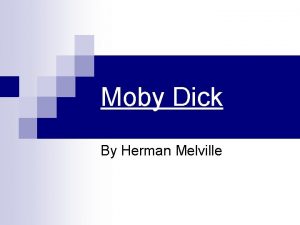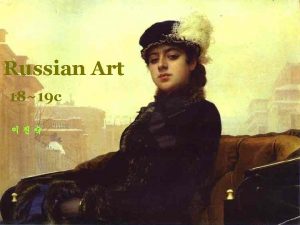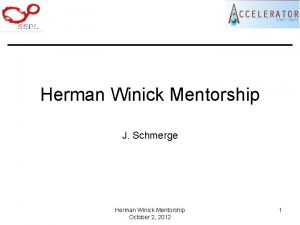Herman Melville 1819 1891 Herman Melville 1819 1891



































- Slides: 35

Herman Melville 1819 - 1891

Herman Melville (1819 - 1891) • An American novelist, short story writer, essayist and poet. His first three books gained much attention, though they were not bestsellers by any means, and his popularity declined precipitously after only a few years. By the time of his death he had been almost completely forgotten, but his longest novel, Moby-Dick — largely considered a failure during his lifetime, and most responsible for Melville's fall from favor with the reading public — was recognized in the 20 th century as one of the chief literary masterpieces of both American and world literature.

Herman Melville (1819 1891) • • Life Works Evaluation Moby-Dick Benito Cereno Billy Budd Bartleby the Scrivener

Life – Melville’s childhood was happy to the age of 11, when his father died in debt. – Melville was born in New York City. Both his parents came from well-to-do families, but later their family business failed. – He had little education. He had to leave school at the age of 15, and began to work. He worked as a clerk, a farmer and a teacher, before becoming a cabin boy on a ship at about twenty.

– There are three things which deserve mention about his life: going out to sea, his marriage and his friendship with Hawthorne. – Melville was a whaler, the lowest of sailors. He went to Liverpool, England the South Pacific, spending most of his young manhood undergoing one of the most brutalizing experiences for a man. His experiences and adventures on the sea furnished him with abundant material for fiction.

Life

Life – The married life of Melville was more like that of Scott Fitzgerald than Mark Twain’s. These men all married above them. Mark Twain enjoyed the understanding of his wife. Both Melville and Fitzgerald had to do hackwork for the money they needed to keep their wives in their extravagant style. Melville married Elizabeth Shaw, the daughter of a wealthy judge. To support her and their growing family, he had to write for money.

– During the summer of 1850, Melville and Hawthorne met. They exchanged visits, meeting at least nine times, and wrote to one another often. – Melville saw in Hawthorne the one American who was expressively aware of the evil at the core of American life. He found Hawthorne’s understanding of evil, that blackness of vision, unusually fascinating.

Works Typee Redburn White Jacket Moby Dick Pierre Bartbleby Benito Cereno Battle Pieces Omoo Billy Budd 1846 1849 1850 1851 1852 1853 1855 1866 1874 Posthumously

Evaluation • Moby Dick is, critics have agreed, one of the world’s greatest masterpieces. To get to know the 19 th century American mind and America itself, one has to read this book. • It is an encyclopedia of everything, history, philosophy, religion, etc. in addition to a detailed account of the operations of the whaling industry. • “To scale great heights, we must come out of the lowest depths. The way to heaven is through hell. We need fiery baptism in the fierce flames of our bosoms. ”

Moby-Dick • The novel on the whole can be understood from three levels: – (1) It is a novel of journey and whale catching; – (2) It is a conflict between Captain Ahab and Moby Dick; – (3) It is a story of Ishmael, his thought about human body’s ego realization, the relationship between man and nature, man and God, man and man, etc.

Moby-Dick • • Character List Plots Themes Symbols

Character List • Ishmael - The narrator, and a junior member of the crew of the Pequod. Ishmael doesn't play a major role in the events of the novel, but much of the narrative is taken up by his eloquent, verbose, and extravagant discourse on whales and whaling. • Moby Dick - The great white sperm whale. Moby Dick, also referred to as the White Whale, is an infamous and dangerous threat to seamen, considered by Ahab the incarnation of evil and a fated nemesis.

Character List • Ahab - The egomaniacal captain of the Pequod. Ahab lost his leg to Moby Dick. He is singleminded in his pursuit of the whale, using a mixture of charisma and terror to persuade his crew to join him. As a captain, he is dictatorial but not unfair. At moments he shows a compassionate side, caring for the insane Pip and musing on his wife and child back in Nantucket.

• Starbuck--The first mate of the Pequod. Starbuck questions Ahab’s judgment, first in private and later in public. He is a Quaker who believes that Christianity offers a way to interpret the world around him, although he is not dogmatic or pushy about his beliefs. Starbuck acts as a conservative force against Ahab’s mania.

• Queequeg--Starbuck’s skilled harpooner and Ishmael’s best friend. Queequeg was once a prince from a South Sea island who stowed away on a whaling ship in search of adventure. He is a composite of elements of African, Polynesian, Islamic, Christian, and Native American cultures. He is brave and generous, and enables Ishmael to see that race has no bearing on a man’s character.

Queequeg

• Stubb--The second mate of the Pequod. Stubb, chiefly characterized by his mischievous good humor, is easygoing and popular. He proves a bit of a nihilist, always trusting in fate and refusing to assign too much significance to anything.

• Tashtego--Like Queequeg, Tashtego embodies certain characteristics of the “noble savage” and is meant to defy racial stereotypes. He is, however, more practical and less intellectual than Queequeg: like many a common sailor, Tashtego craves rum.

• Flask--A native of Tisbury on Martha’s Vineyard and the third mate of the Pequod. Short and stocky, Flask has a confrontational attitude and no reverence for anything. His stature has earned him the nickname “King-Post, ” because he resembles a certain type of short, square timber

Themes • • The Limits of Knowledge The Deceptiveness of Fate The Exploitative Nature of Whaling The Ambiguity of Whiteness

The Limits of Knowledge • As Ishmael tries, in the opening pages of Moby-Dick, to offer a simple collection of literary excerpts mentioning whales, he discovers that, throughout history, the whale has taken on an incredible multiplicity of meanings. Over the course of the novel, he makes use of nearly every discipline known to man in his attempts to understand the essential nature of the whale. Each of these systems of knowledge, however, including art, taxonomy, and phrenology, fails to give an adequate account. The multiplicity of approaches that Ishmael takes, coupled with his compulsive need to assert his authority as a narrator and the frequent references to the limits of observation (men cannot see the depths of the ocean, for example), suggest that human knowledge is always limited and insufficient. When it comes to Moby Dick himself, this limitation takes on allegorical significance. The ways of Moby Dick, like those of the Christian God, are unknowable to man, and thus trying to interpret them, as Ahab does, is inevitably futile and often fatal.

The Deceptiveness of Fate • In addition to highlighting many portentous or foreshadowing events, Ishmael's narrative contains many references to fate, creating the impression that the Pequod's doom is inevitable. Many of the sailors believe in prophecies, and some even claim the ability to foretell the future. A number of things suggest, however, that characters are actually deluding themselves when they think that they see the work of fate and that fate either doesn't exist or is one of the many forces about which human beings can have no distinct knowledge. Ahab, for example, clearly exploits the sailors' belief in fate to manipulate them into thinking that the quest for Moby Dick is their common destiny. Moreover, the prophesies of Fedallah and others seem to be undercut in Chapter 99, when various individuals interpret the doubloon in different ways, demonstrating that humans project what they want to see when they try to interpret signs and portents.

The Exploitative Nature of Whaling • At first glance, the Pequod seems like an island of equality and fellowship in the midst of a racist, hierarchically structured world. The ship's crew includes men from all corners of the globe and all races who seem to get along harmoniously. Ishmael is initially uneasy upon meeting Queequeg, but he quickly realizes that it is better to have a “sober cannibal than a drunken Christian” for a shipmate. Additionally, the conditions of work aboard the Pequod promote a certain kind of egalitarianism, since men are promoted and paid according to their skill. However, the work of whaling parallels the other exploitative activities—buffalo hunting, gold mining, unfair trade with indigenous peoples—that characterize American and European territorial expansion. Each of the Pequod's mates, who are white, is entirely dependent on a nonwhite harpooner, and nonwhites perform most of the dirty or dangerous jobs aboard the ship. Flask actually stands on Daggoo, his African harpooner, in order to beat the other mates to a prize whale. Ahab is depicted as walking over the black youth Pip, who listens to Ahab's pacing from below deck, and is thus reminded that his value as a slave is less than the value of a whale.

Whaling

The Ambiguity of Whiteness • Whiteness, to Ishmael, is horrible because it represents the unnatural and threatening: albinos, creatures that live in extreme and inhospitable environments, waves breaking against rocks. These examples reverse the traditional association of whiteness with purity.

Symbols • The Pequod • Moby Dick • Queequeg's Coffin

The Pequod • Named after a Native American tribe in Massachusetts that did not long survive the arrival of white men and thus memorializing an extinction, the Pequod is a symbol of doom. It is painted a gloomy black and covered in whale teeth and bones, literally bristling with the mementos of violent death. It is, in fact, marked for death. Adorned like a primitive coffin, the Pequod becomes one.

Moby Dick • Moby Dick possesses various symbolic meanings for various individuals. To the Pequod's crew, the legendary White Whale is a concept onto which they can displace their anxieties about their dangerous and often very frightening jobs. Because they have no delusions about Moby Dick acting malevolently toward men or literally embodying evil, tales about the whale allow them to confront their fear, manage it, and continue to function. Ahab, on the other hand, believes that Moby Dick is a manifestation of all that is wrong with the world, and he feels that it is his destiny to eradicate this symbolic evil. • Moby Dick also bears out interpretations not tied down to specific characters. In its inscrutable silence and mysterious habits, for example, the White Whale can be read as an allegorical representation of an unknowable God. As a profitable commodity, it fits into the scheme of white economic expansion and exploitation in the nineteenth century. As a part of the natural world, it represents the destruction of the environment by such hubristic expansion.

Queequeg's Coffin • Queequeg's coffin alternately symbolizes life and death. Queequeg has it built when he is seriously ill, but when he recovers, it becomes a chest to hold his belongings and an emblem of his will to live. He perpetuates the knowledge tattooed on his body by carving it onto the coffin's lid. The coffin further comes to symbolize life, in a morbid way, when it replaces the Pequod's life buoy. When the Pequod sinks, the coffin becomes Ishmael's buoy, saving not only his life but the life of the narrative that he will pass on.

Ahab’s Pipe • Ahab's pipe is widely looked upon as the riddance of happiness in Ahab's life. By throwing the pipe overboard, Ahab signifies that he no longer can enjoy simple pleasures in life; instead, he dedicates his entire life to the pursuit of killing the White Whale, Moby Dick.

Ishmael • The first three words of Chapter 1 are Call me Ishmael. In the Book of Genesis in the Old Testament, Ishmael was the name of the son of the Hebrew patriarch Abraham and Hagar, a servant of Abraham’s wife, Sarah. After Sarah—long barren—gave birth to Isaac, she persuaded Abraham to cast out Ishmael, who became a wanderer. In Moby Dick, the narrator Ishmael leaves New York City to wander the seas as a whaler.

Recurring Number 3 • Three words: The first chapter opens with three words: Call me Ishmael. Three cities: Early in the novel, Ishmael goes from New York City to New Bedford and then to Nantucket. Three inns: Ishmael mentions three New Bedford inns (The Crossed Harpoons, the Sword-Fish, and the Spouter). Three memorials: In a chapel in New Bedford, Ishmael sees marble tablets memorializing sailors lost at sea. He cites the dedication on three of them. Three-day ordeal: Ishmael hears a sermon about Jonah and the three days he spent inside a whale. Three days of suffering: In Chapter 19, Elijah speaks to Ishmael and Queequeg of "that thing that happened to [Captain Ahab] off Cape Horn, long ago, when he lay like dead for. . . . three days and nights. . "

Recurring Number 3 • • Three ships: Ishmael selects the Pequod from among three ships going to sea. Three captains: Ishmael meets three captains (Peleg, Bildad, and Ahab). Three mates: The Pequod has three mates (Starbuck, Stubb, and Flask). Three harpooners: The Pequod has three main harpooners (Queequeg, Tashtego, and Daggoo). Three-year voyage: The Pequod is on a scheduled three-year voyage. Three-person family: Ahab has a wife and a child. Three years on land: In his 40 years as a seaman, Ahab has spent only three years on land. Three punctures: In describing Moby Dick, Ahab says the whale has "three holes punctured in his starboard fluke. " Starboard means on the right; fluke refers to a lobe on the tail. The puncture holes were caused by harpoons. Three-day struggle: The battle with Moby Dick lasts three days. What these groupings of three represent is open to interpretation. They could symbolize the war between the triune God (Father, Son, and Holy Spirit) and Ahab, who blasphemously regards himself as an opposing diabolical trinity, as indicated in the following passage from Chapter 99, when Ahab paces the deck of the Pequod and stops before gold doubloon, nailed to the main mast, to be rewarded to the man who first sights Moby Dick. In this passage, Ahab interprets the images on the coin.

The End
 What is one of the central themes of moby-dick?
What is one of the central themes of moby-dick? Bartleby themes
Bartleby themes Moby dick themes
Moby dick themes John keats 1819
John keats 1819 John keats 1819 odes
John keats 1819 odes Informe técnico 1228-2017-servir-gpgsc
Informe técnico 1228-2017-servir-gpgsc In 1814 we took a little trip
In 1814 we took a little trip I sit and look out analysis
I sit and look out analysis Ruskin
Ruskin John william polidori
John william polidori England in 1819
England in 1819 Karlsbad decrees 1819
Karlsbad decrees 1819 6 feb 1819
6 feb 1819 Informe técnico nº 1819-2018-servir-gpgsc
Informe técnico nº 1819-2018-servir-gpgsc How many slave states were there in 1819
How many slave states were there in 1819 James melville dds
James melville dds Latviešu gleznotājs 1891-1964
Latviešu gleznotājs 1891-1964 Adrien marie legendre
Adrien marie legendre Charles pierre baudelaire
Charles pierre baudelaire Bakit noli me tangere ang pamagat ng nobela
Bakit noli me tangere ang pamagat ng nobela F meyer van loo press
F meyer van loo press A. gailiti romaan
A. gailiti romaan Poblogaeth cymru 1891
Poblogaeth cymru 1891 Baloncesto reglas
Baloncesto reglas Rotativa ministerial definicion
Rotativa ministerial definicion Main idea 2 being a clown answer key
Main idea 2 being a clown answer key Nace el 12 de octubre de 1891
Nace el 12 de octubre de 1891 Herman muthesius
Herman muthesius Sinal de herman dengue
Sinal de herman dengue Herman de hoogh
Herman de hoogh Herman ruslim
Herman ruslim Herman van den berge
Herman van den berge Marie herman cap
Marie herman cap Herman ruslim
Herman ruslim Herman joseph's private reserve
Herman joseph's private reserve Mimi herman
Mimi herman
